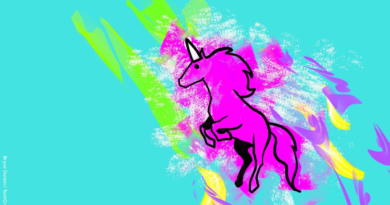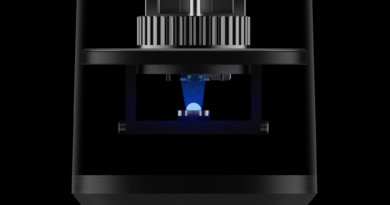Hugging Face has a two-person team developing ChatGPT-like AI models
AI startup Hugging Face offers a wide range of data science hosting and development tools, including a GitHub-like portal for AI code repositories, models and datasets, as well as web dashboards to demo AI-powered applications.
But some of Hugging Face’s most impressive — and capable — tools these days come from a two-person team that was formed just in January.
H4, as it’s called — “H4” being short for “helpful, honest, harmless and huggy” — aims to develop tools and “recipes” to enable the AI community to build AI-powered chatbots along the lines of ChatGPT. ChatGPT’s release was the catalyst for H4’s formation, in fact, according to Lewis Tunstall, a machine learning engineer at Hugging Face and one of H4’s two members.
“When ChatGPT was released by OpenAI in late 2022, we started brainstorming on what it might take to replicate its capabilities with open source libraries and models,” Tunstall told TechCrunch in an email interview. “H4’s primary research focus is around alignment, which broadly involves teaching LLMs how to behave according to feedback from humans (or even other AIs).”
H4 is behind a growing number of open source large language models, including Zephyr-7B-α, a fine-tuned, chat-centric version of the eponymous Mistral 7B model recently released by French AI startup Mistral. H4 also forked Falcon-40B, a model from the Technology Innovation Institute in Abu Dhabi — modifying the model to respond more helpfully to requests in natural language.
To train its models, H4 — like other research teams at Hugging Face — relies on a dedicated cluster of more than 1,000 Nvidia A100 GPUs. Tunstall and his other H4 co-worker, Ed Beeching, are based remotely in Europe, but receive support from several internal Hugging Face teams, among them the model testing and evaluation team.
“The small size of H4 is a deliberate choice, as it allows us to be more nimble and adapt to an ever-changing research landscape,” Beeching told TechCrunch via email. “We also have several external collaborations with groups such as LMSYS and LlamaIndex, who we collaborate with on joint releases.”
Lately, H4 has been investigating different alignment techniques and building tools to test how well techniques proposed by the community and industry really work. The team this month released a handbook containing all the source code and datasets they used to build Zephyr, and H4 plans to update the handbook with code from its future AI models as they’re released.
I asked whether H4 had any pressure from Hugging Face higher-ups to commercialize their work. The company, after all, has raised hundreds of millions of dollars from a pedigreed cohort of investors that includes Salesforce, IBM, AMD, Google, Amazon Intel and Nvidia. Hugging Face’s last funding round valued it at $4.5 billion — reportedly more than 100 times the company’s annualized revenue.
Tunstall said that H4 doesn’t directly monetize its tools. But he acknowledged that the tools do feed into Hugging Face’s Expert Acceleration Program, Hugging Face’s enterprise-focused offering that provides guidance from Hugging Face teams to build custom AI solutions.
Asked if he sees H4 in competition with other open source AI initiatives, like EleutherAI and LAION, Beeching said that it isn’t H4’s objective. Rather, he said, the intention is to “empower” the open AI community by releasing the training code and datasets associated with H4’s chat models.
“Our work would not be possible without the many contributions from the community,” Beeching said.




